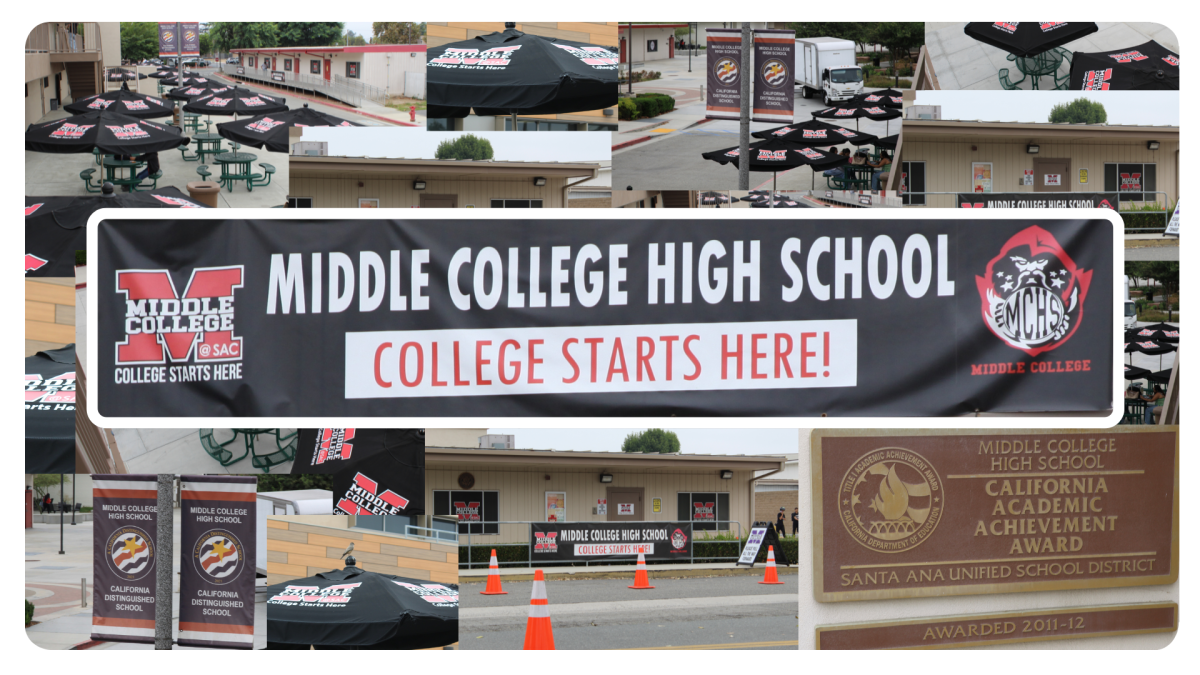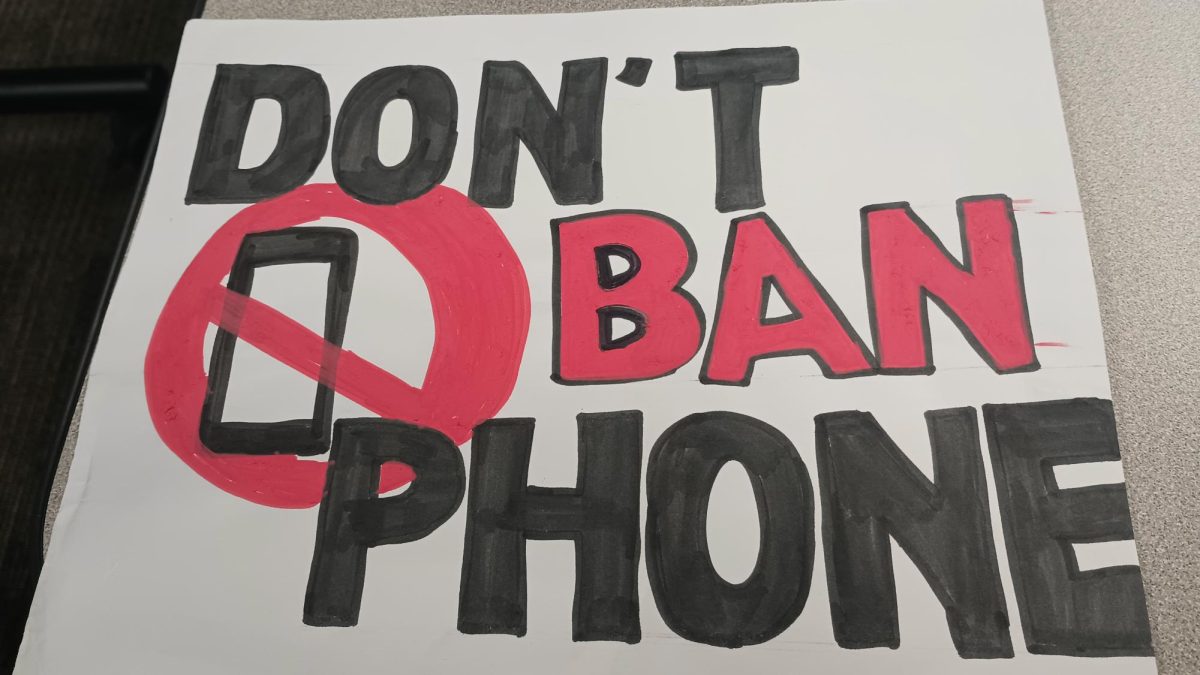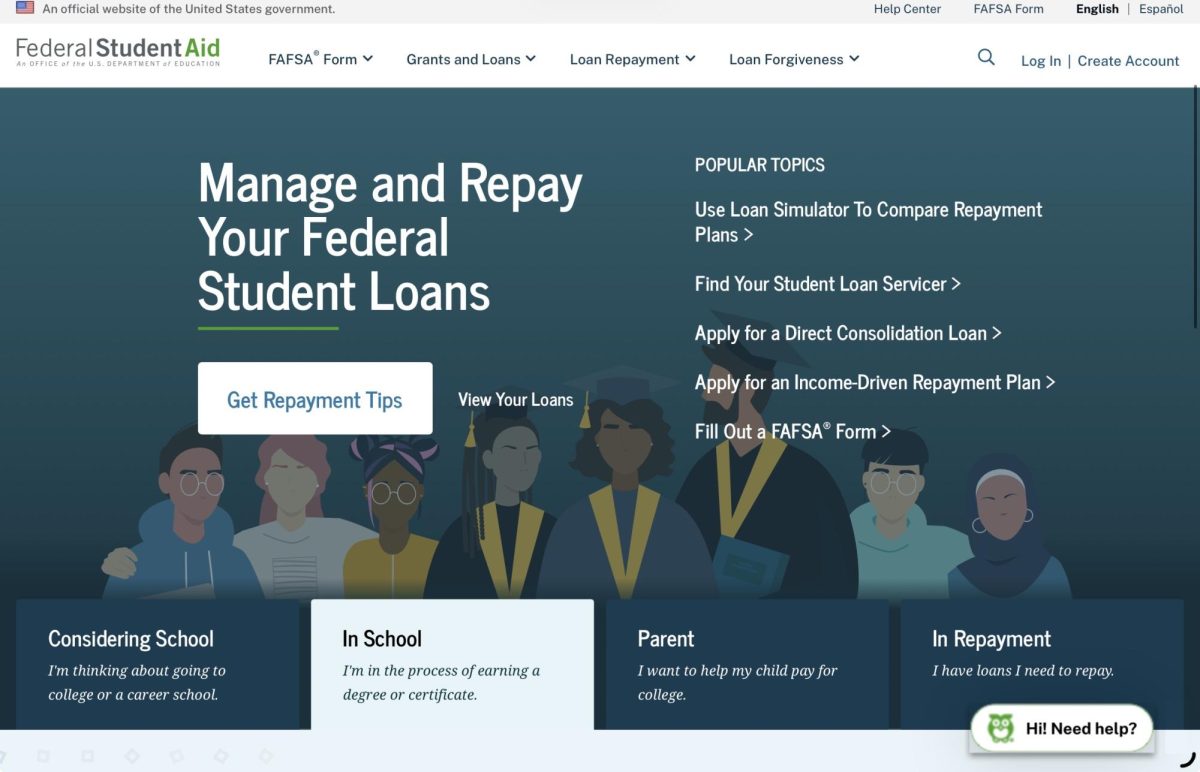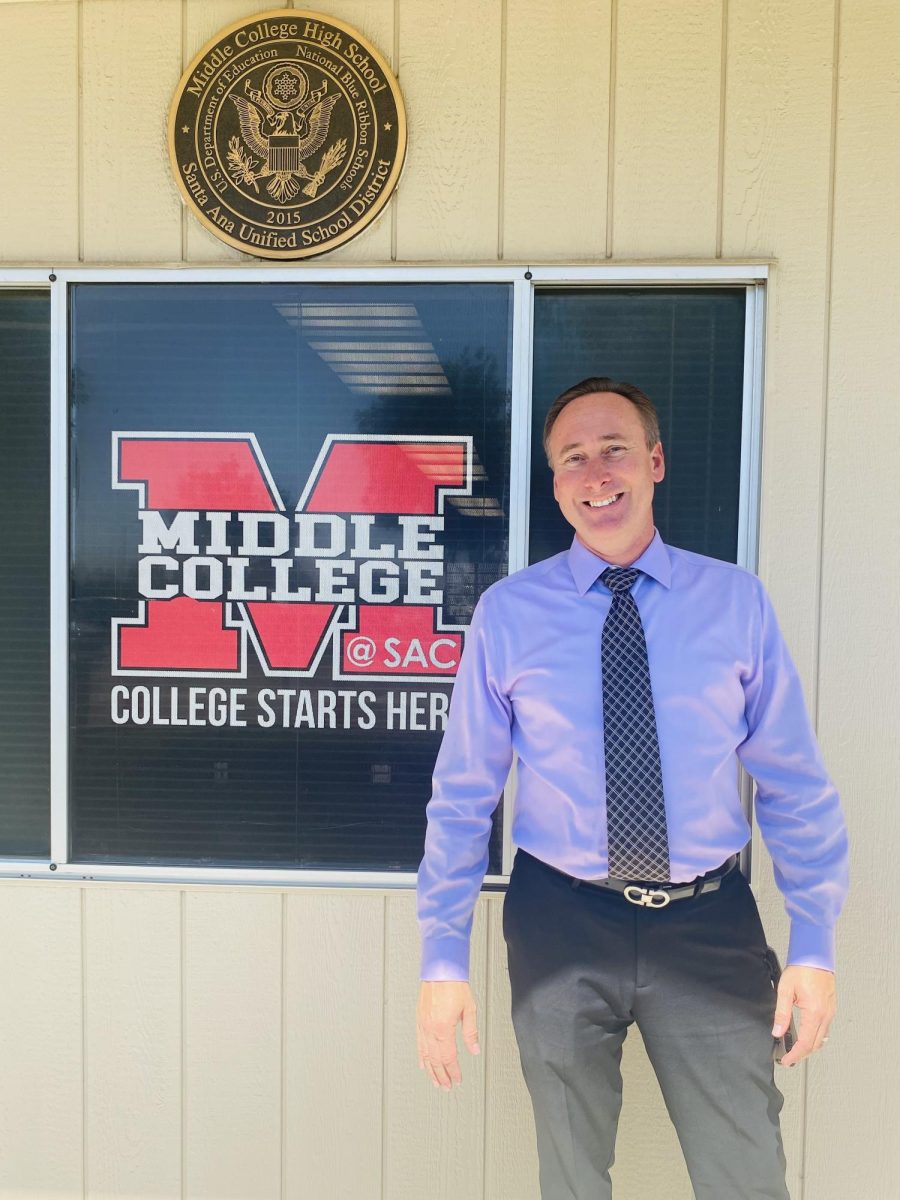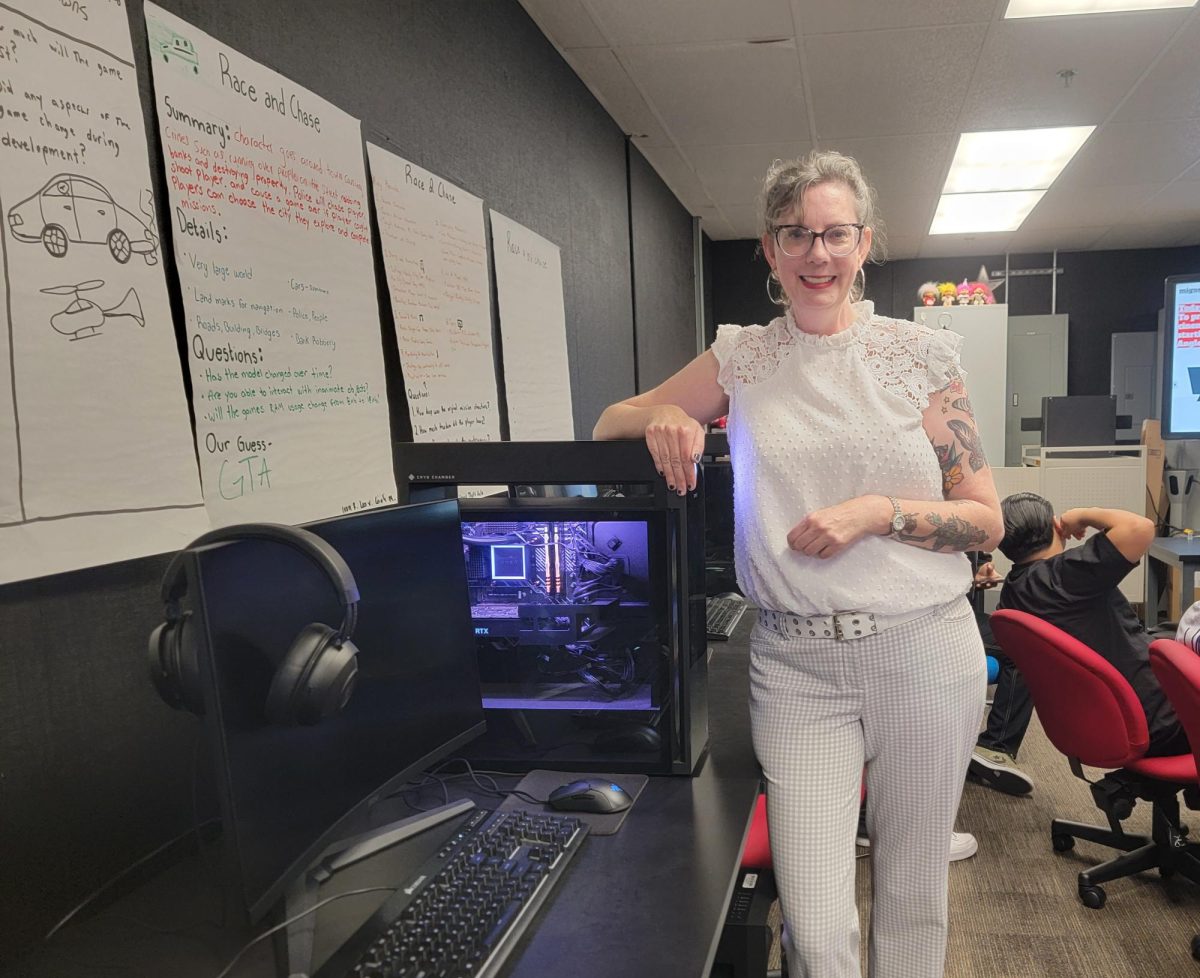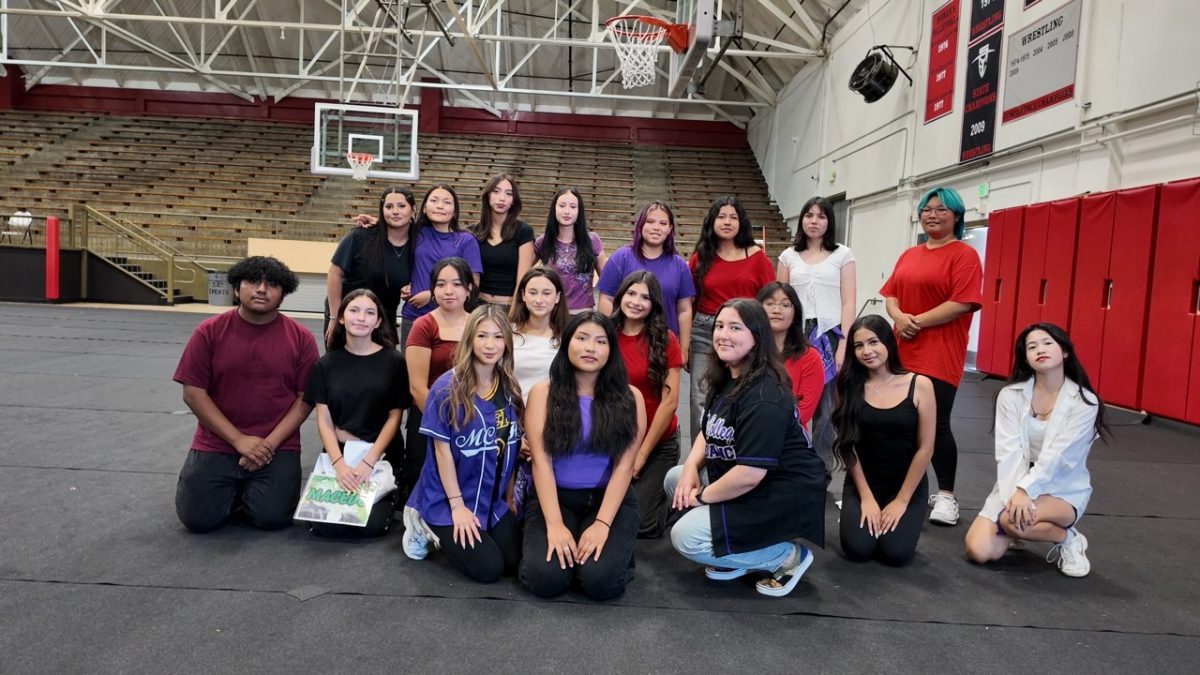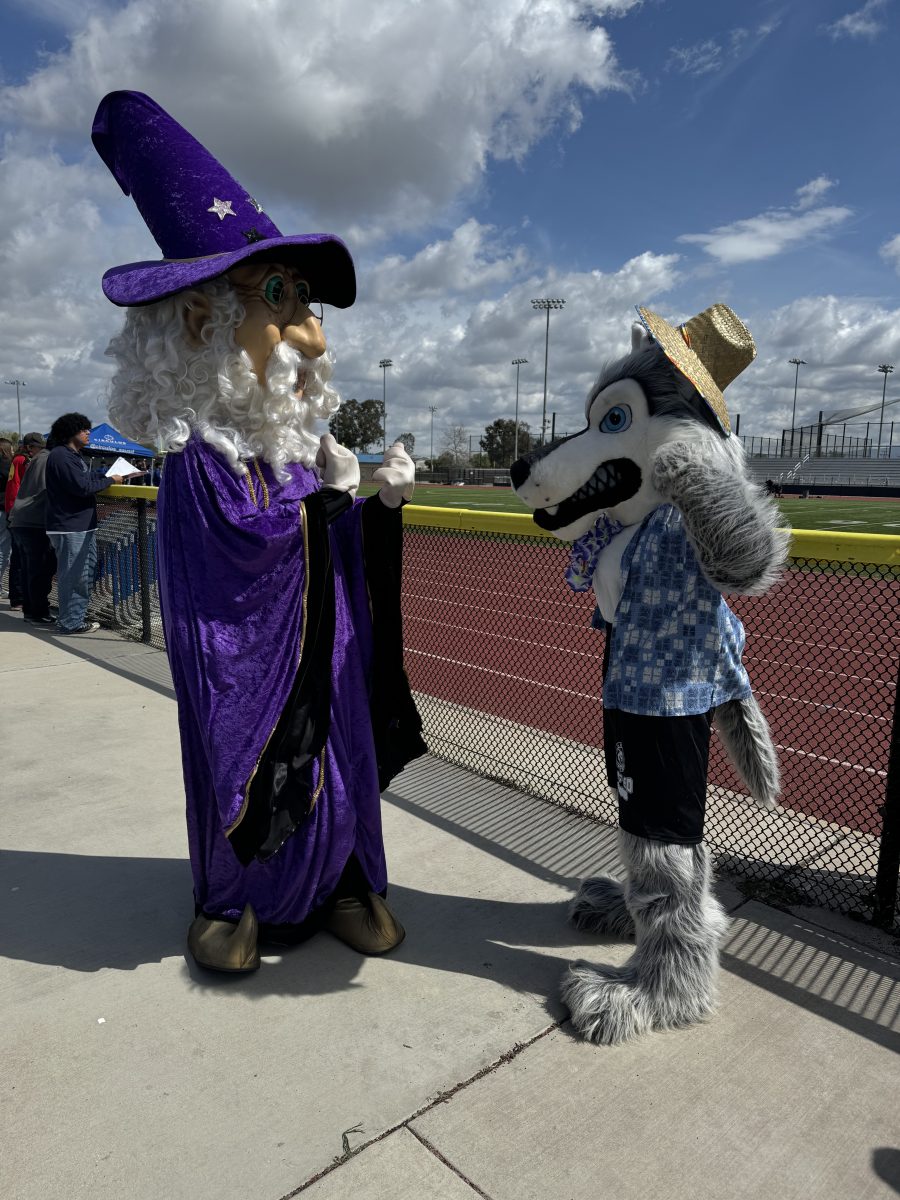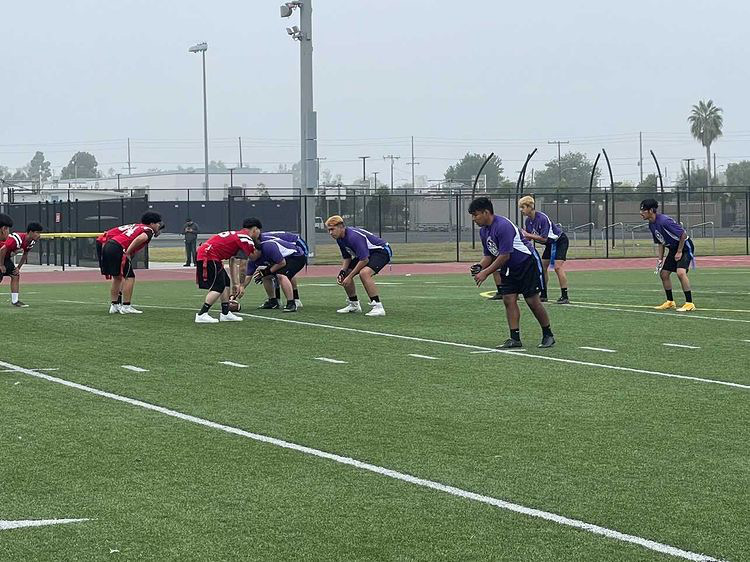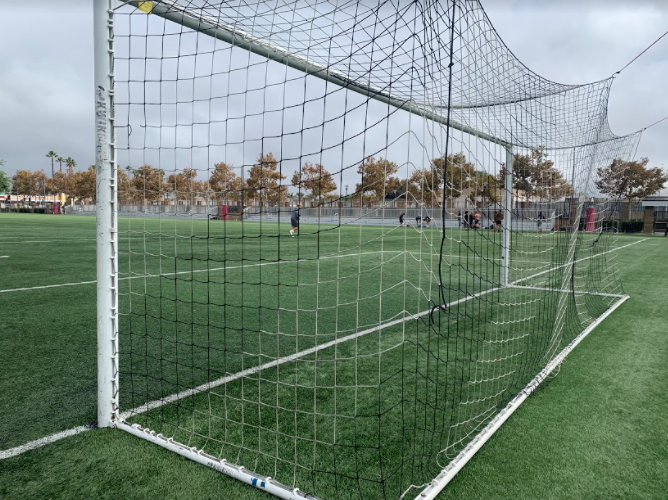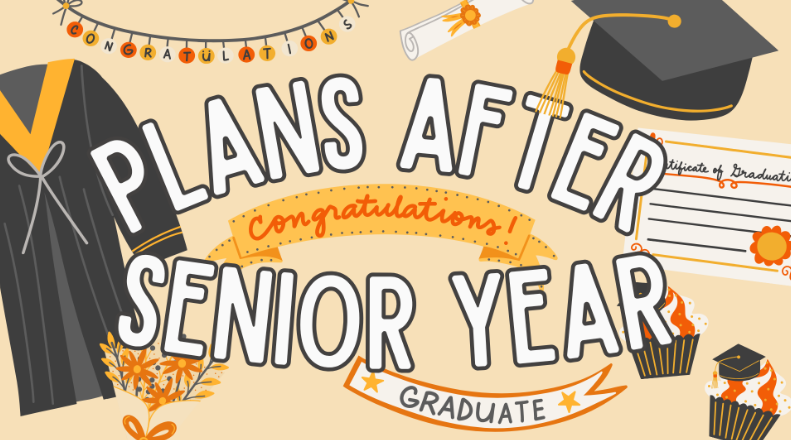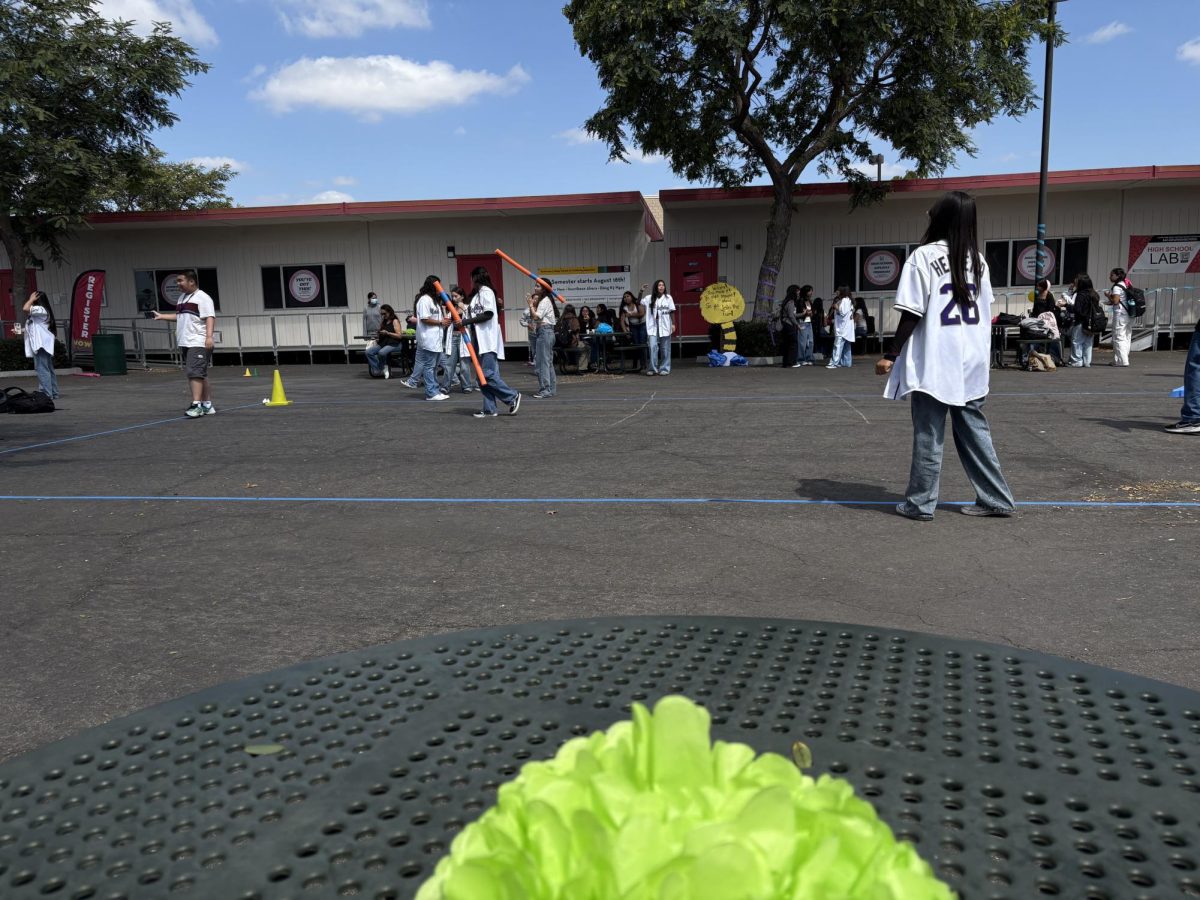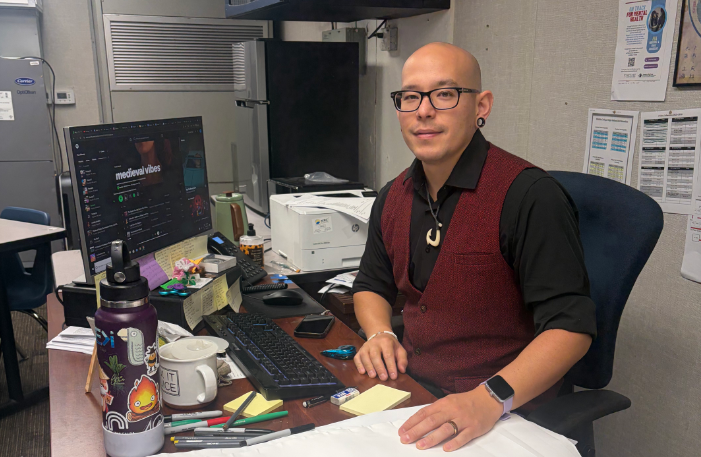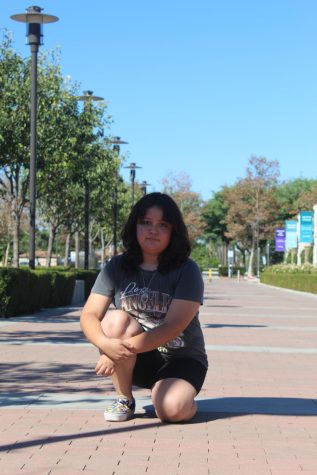Unbeknownst to many current students, the Middle College High School (MCHS) model originated in 1974 in New York City as a way to battle the rising number of dropouts. Partnered with LaGuardia Community College, the two schools provided underprivileged youth the unique opportunity to pursue a college education alongside the completion of their high school diploma. Following in the footsteps of their predecessors, Santa Ana Unified School District partnered with Santa Ana College and brought its students their very own Middle College.
MCHS based their school on this model with their own twist. Hoping to target students who weren’t high achieving or extremely underachieving, instead targeting the students who were right in the middle. Students who had high test scores, decent grades and would benefit from either more attention or the rigor of college classes.
Since their founding in 1997, MCHS has been under the supervision of multiple principals. Each has been dedicated to their students and their education. Totaling into hundreds of graduates in the 28 years MCHS has been open, many have either graduated with their Associates of Arts degree or over 30 college credits.
Totaling to almost 25 years on campus, Thu Nguyen, current AVID 12 teacher remembers the days when there were only three grades on campus.
“We changed in ’04 or ’05 to the early college model program, which involved introducing the first 50 freshmen and now we have over 120 plus freshmen into the current MCHS population,” Nguyen said.
History teacher Rafael Ramos has seen how more and more students graduate with AA’s, noting that it is one of the other biggest changes throughout the years the school has been in existence.
“The big difference now is the classes are bigger and they’re getting way more AA degrees. So the graduation rate for AA degrees has gone up significantly since when I first started,” Ramos said.
Another big change principals have implemented in MCHS is the acceptance process to get into the school. Ramos explains how a principal would filter through GPA, transcripts, test scores and behavior before sending out invitation letters. From there students would be interviewed by faculty including teachers, office staff, and the principal.
“If the kid is willing to jump the hurdles, it tells us they really want to be here. Some of the students that came initially, wouldn’t succeed, because their parents forced them to be here. So when the counselor and the principal started being more selective about who they took and we had the interviews, we got better results,” Ramos said.
Ramos explains how MCHS became ranked nationally as a result of the selection process.
“As soon as we started being successful, more and more kids were getting more AA’s, then we were in the newspaper. Our school ranking went up. We were ranked nationally,” Ramos said.
He goes on to explain that as the school rose in its ranking, more and more parents wanted their students to attend. Santa Ana parents complained at the district level in order for their child to attend MCHS, leading to the abandonment of the school’s original purpose.
“So they started complaining. Because they didn’t understand that, we’re not about the 4.0 kids, we’re not about the like, 1.0 kids. We’re about the kids in the middle that have decent grades, but have really good test scores,” Ramos said.
The district ultimately caved to the parents.
“So we still got to filter. The counselor and the principal still got to pick who they invited, but then from who they invited, they didn’t get to pick who they ultimately allowed in. It went to the lottery,” Ramos said.
That wasn’t the end of the changes to the school students have come to know. Damon Voight, the principal for the past six years, advocated to minimize the amount of interaction between high school and college students. Ramos explains Voight’s effort to minimize interaction.
“Voight was in negotiations with Santa Ana College about getting the building for Express West. These restrooms being just for us, the entire B Building being just for us,” Ramos said.
At one point in time, SAC and MCHS classes were right next door to each other.
“I taught in B-25 up there, three classrooms were used for Santa Ana college classes. So, there was a mix of high school and college students here. Now it’s pretty much, all Middle College, it’s all high school students,” Ramos said.
Ramos acknowledges that COVID played a big role in the amount of interaction high school students have with college students and doesn’t credit Voight for all the changes.
“And then what happened is, after Covid, there was less in-person enrollment, so, the number of college students also lessened. So it’s kind of like the problem solved itself,” Ramos said.
The last big change that Ramos mentioned was the senior exit portfolio, or as students know the senior exit interview which contains a cumulative portfolio of the students’ work through their four years at the school. Originally implemented by Dr. Kathleen Apps, Voight’s predecessor, it still continues to this day with moderate modifications.
Ramos praises the interview process.
“The interview process is beneficial because you get real world experience, I gotta dress professionally, I gotta study my interview questions, I gotta go sit in front of a group of people and do my best job, show them what I’m capable of,” Ramos said.
However he criticizes the sheer amount of work that was required. Originally collecting one assignment from each subject, from every semester. Culminating over 40 assignments by the time the student becomes a senior.
“It was an insane amount of work. Then Ms. Nguyen was kind of responsible for all of that. So, she had to make sure every kid who did not (collect assignments) was collecting assignments,” Ramos said.
Over time, however, many of these expectations began to shift. Largely influenced by changes in school leadership. As different principals stepped in, each brought their own approach and priorities.
“We’ve seen change in administration through the years. For example we had Mrs. Williams in the early 2000s and then after her was Ms. Pueblos, then we had Mrs. Flint, then we had Dr. Apps, then Mr. Voight and now we have Mr. Werner,” Ramos said.
Our newest principal, Scott Werner acknowledges the work that previous principals have put into the school and hopes to continue it specifically by growing class sizes, improving standardized test scores and working to get 100% AA degree completion.
Werner also hopes to support a smoother transition between high school to higher education for students, specifically financial aid.
“When it comes to going from high school to higher education, I want to make sure that when you all leave, you are able to get into the schools you want, and also have the best benefit of financial aid, which I think that’s an area that can be improved,” Werner said.
This isn’t the only thing that Werner hopes to devote attention to. Werner explains how he hopes for students to begin to earn the seal of civic engagement on a greater scale. The seal of civic engagement is a recognition that students can earn in 11th or 12th grade by demonstrating excellence in civic education and participating through the completion of a civic engagement project. The student is required to have an advisor, a C or better in Government and U.S history, complete a project that helps the community, complete a reflection on the project and get a recommendation in order to receive the seal.
“I believe the seal of civic engagement is something that started last year, and I definitely want to make sure that that continues on for all of our students, to give an opportunity for students to earn their seal of civic engagement,” Werner said.
He notes that it’s similar to the seal of biliteracy, but instead of being based on the proficiency of two languages it is community engagement based. Werner makes it clear that he hopes to produce students aware of their civic obligations.
“It’s definitely community based, it’s being able to understand something about your civic obligations as a student and realistically, as an adult. Because as soon as you graduate, you’re all going to go on and continue living and voting and things like that. So we want to make sure that you’re making an impact at a young age, so that you can continue that,” Werner said.
Nguyen reiterated this hoping the students that have walked through these doors and hope to walk through these doors become better versions of themselves.
“We want our kids to be empowered, we want them to be leaders,” Nguyen said.
Nguyen understands and remembers the original purpose of MCHS. That at its core is meant to serve underprivileged students, typically aspiring first-gen college students, unique opportunities.
“We want them to be that first generation frontier so anyone who comes after them can take up the legacy, take up the mantle, and do more, more growth, more strength, more adventures, more productivity. That’s always been a tall order for us and an important order,” Nguyen said.
Understanding where one comes from allows for a better understanding of where you want to go and the legacy you want to leave behind. Nguyen explains how every student is a part of MCHS’s legacy.
“When you leave us, we want you to know that we’re very grateful, that you contribute to the history and the legacy of Middle College, and we hope that your faith in us is well taken. We leave it stronger and better and not the opposite direction,” Nguyen said.
That gratitude extends beyond the individual. It recognizes the many layers of effort and sacrifice that have shaped the school into what it is today.
“I hope they feel a sense of gratitude that they got a chance to come to Middle College High School, not because themselves alone, but because other students and other faculty members from the different years, decades, even way before me, have made this an institution that people would love and support and find value in,” Nguyen said.
The school that we have come to know is the accumulation of decades of work, therefore the future generations at MCHS should make it their top priority to continue that work, if not make it better.
“When they come here they should make it their mission to not only respect it, but make it better and stronger for the next generation because it only takes one generation to turn something upside down. They need to respect the space because we’re not just about buildings, names, and awards,” Nguyen said.
Nguyen explains how we are, and always have been, about something much deeper.
“We’re about people, children, families, dreams and, yes, hardships. Every year there’s a different hardship. Geopolitically, there’s hardships, but that’s just national and international. What stays is teaching the student to have a sense of hopefulness and courage to make the difficult decisions and be the front runner, the pioneer in the family,” Nguyen said.
Progress isn’t linear, at times regressing, but at the end of the day any progress is better than no progress at all.
“Even if it’s like ten steps forward and two steps back, just keep moving. Because generationally, you’ll see the impact,” Nguyen said.


